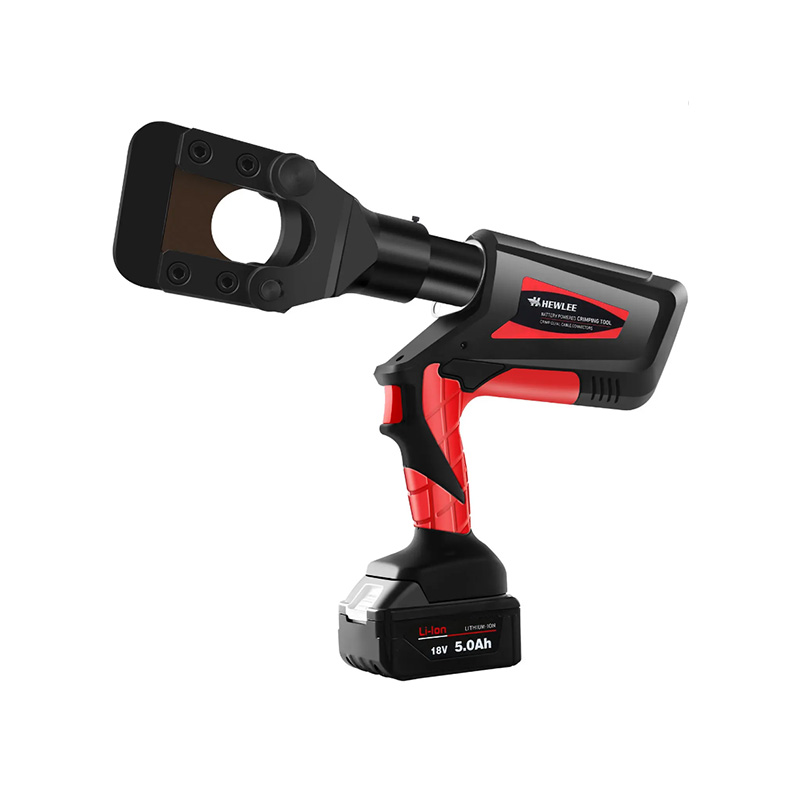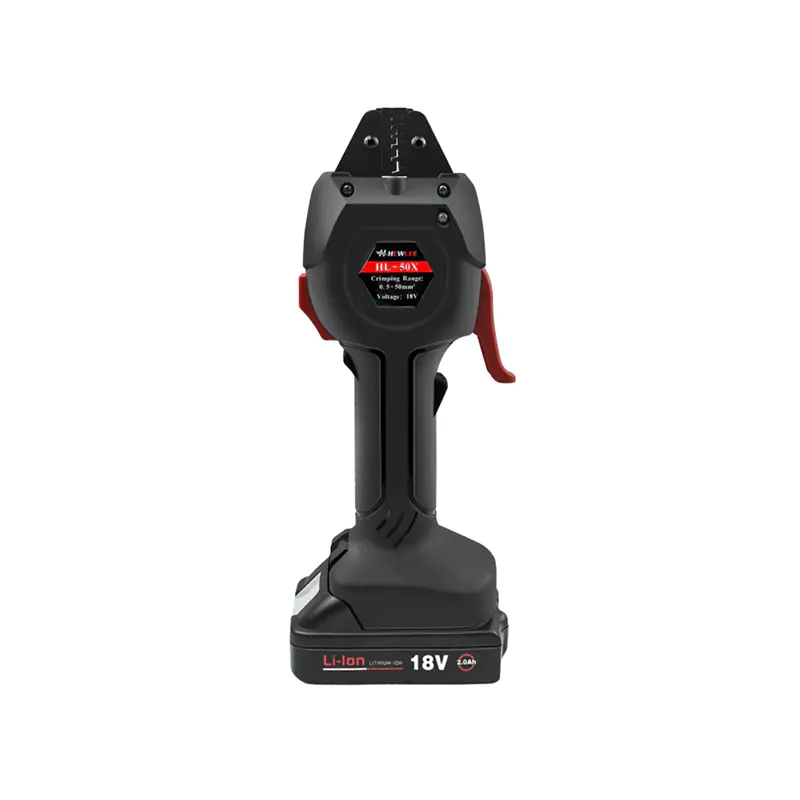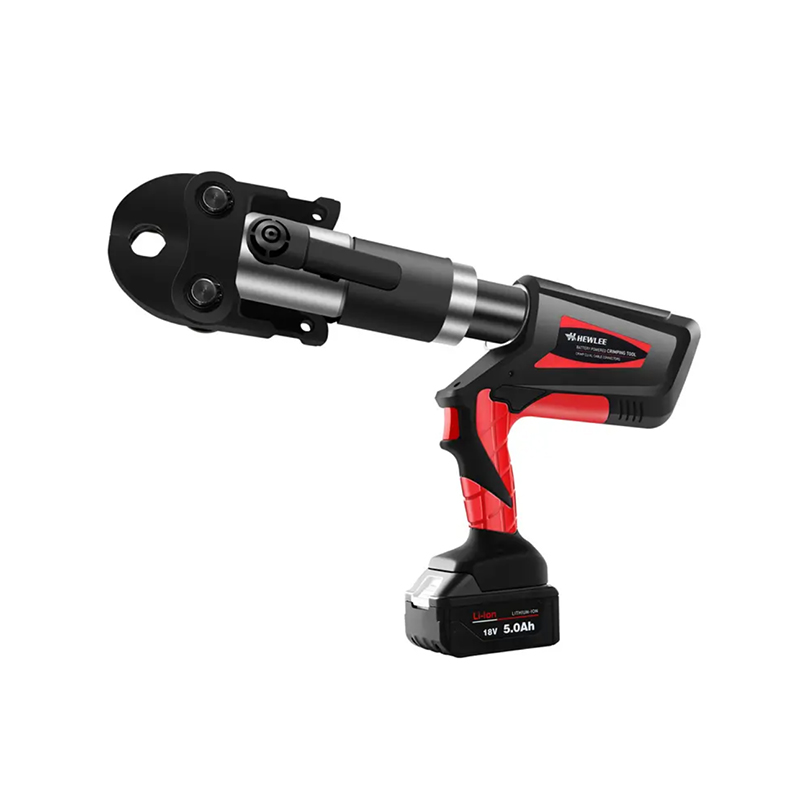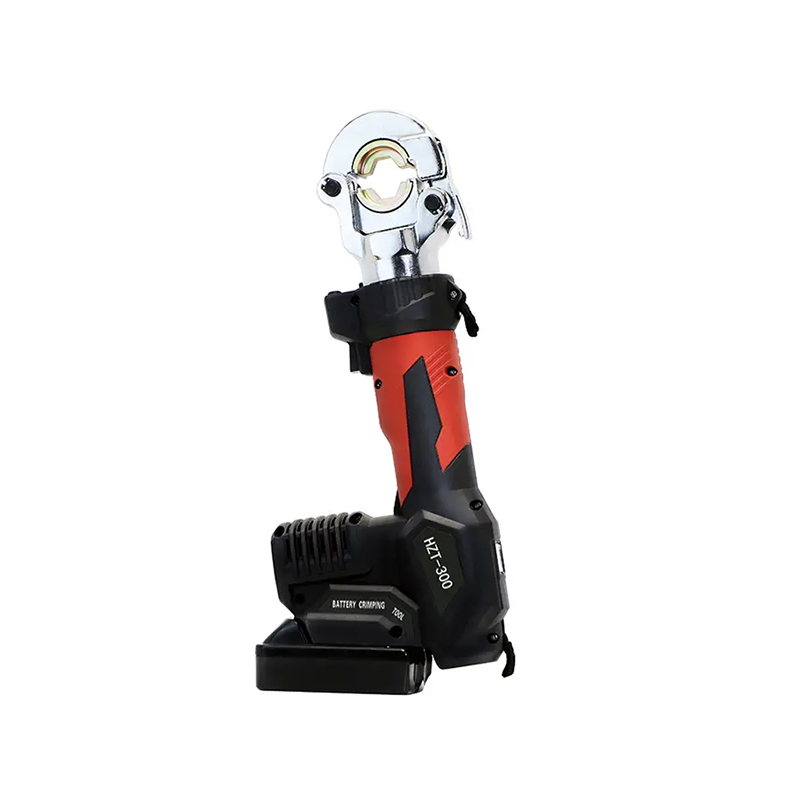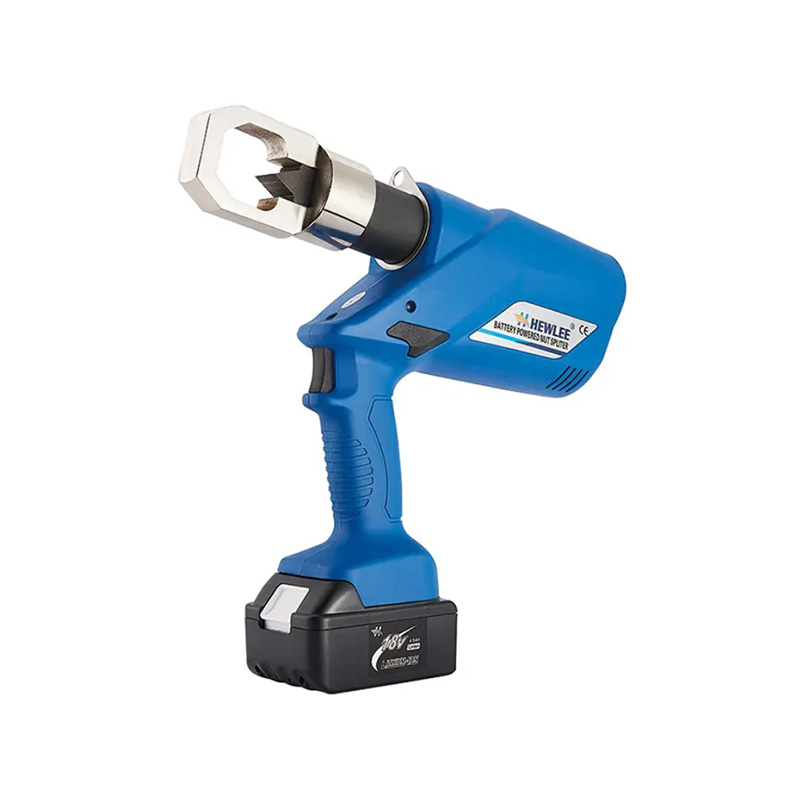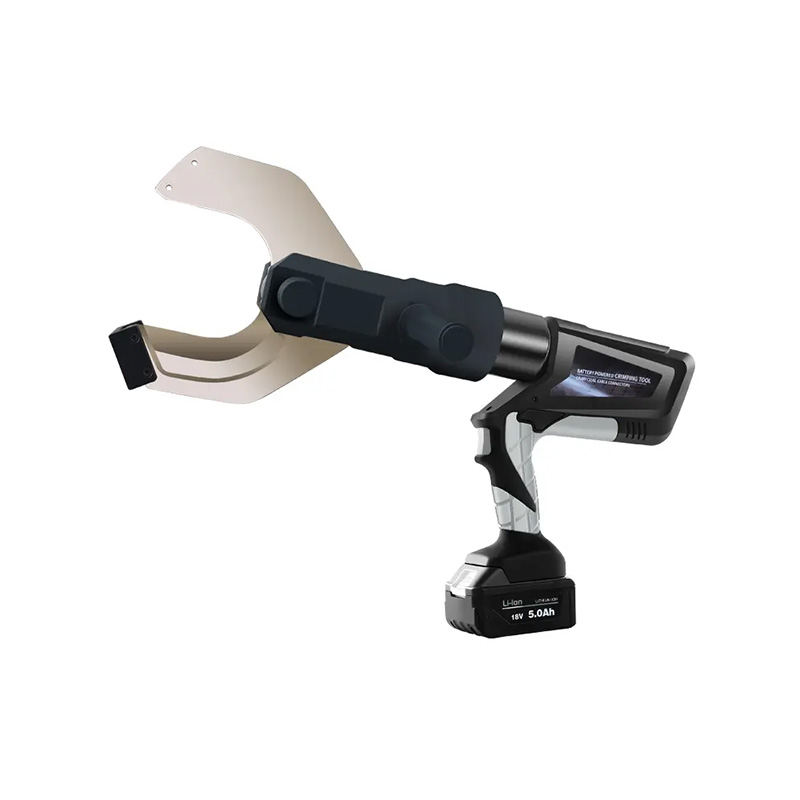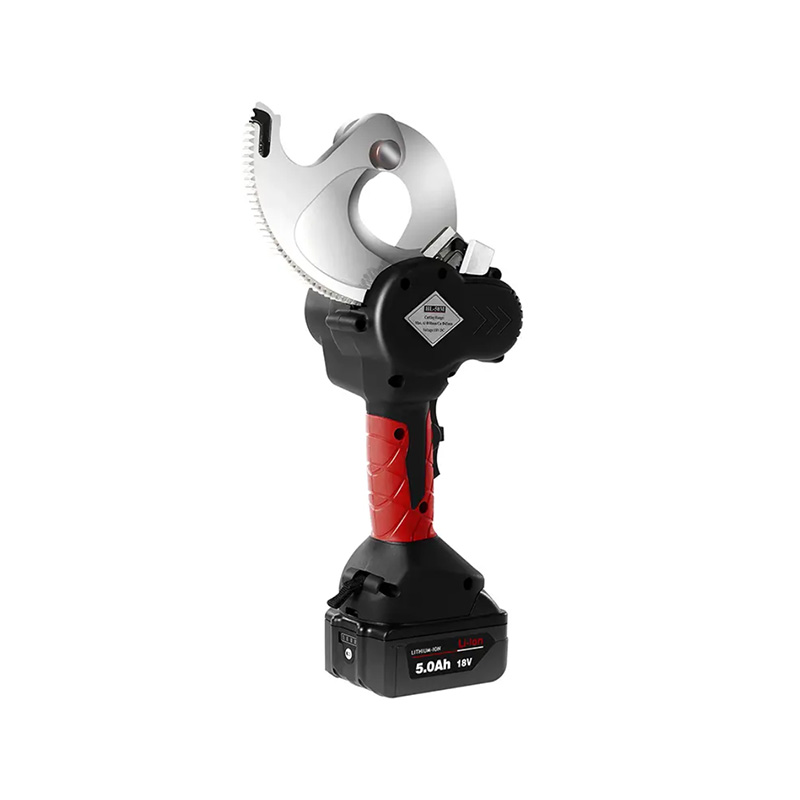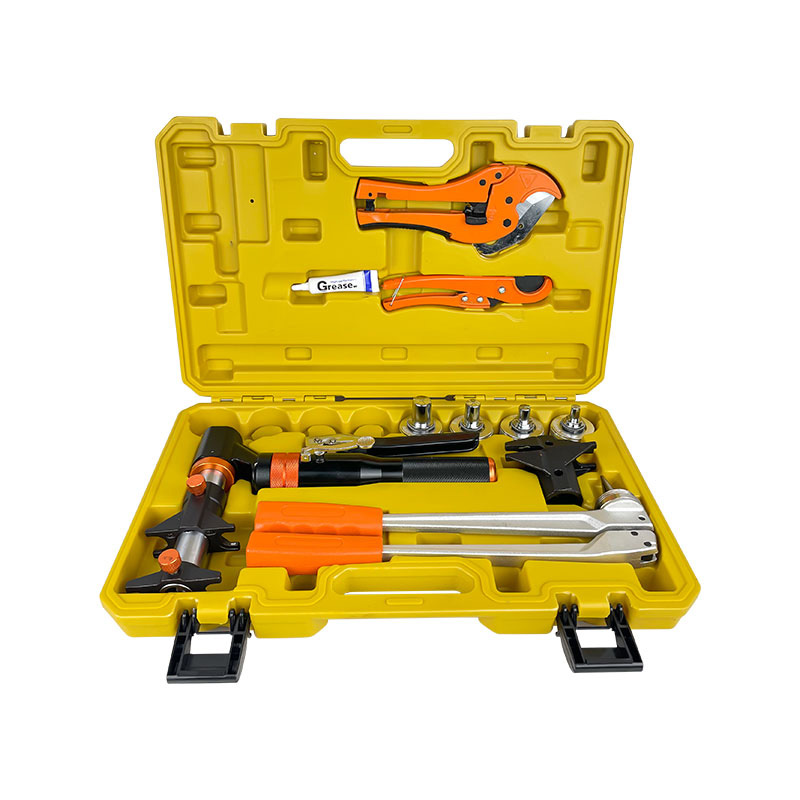Contact us to find out how our products can transform your business and take it to the next level.
Troubleshooting Pipe Crimping Tools: Tips and Tricks
 2025.10.03
2025.10.03
 Industry News
Industry News
Proper use of a pipe crimping tool is essential for achieving secure and reliable connections in plumbing and HVAC systems. However, even experienced technicians sometimes encounter issues that affect efficiency and quality. Similarly, HVAC press tools are widely used for leak-free connections, but they are not immune to operational problems. Understanding common issues and practical troubleshooting methods can help you maintain ideal performance and extend the life of your tools.
1. Common Issues with Pipe Crimping Tools
Inconsistent Crimping
One of the more frequent problems is inconsistent crimps, which can cause loose fittings or potential leaks. This often occurs due to:
Misaligned crimping jaws
Worn or damaged dies
Improper technique
Solution: Inspect the dies regularly, replace worn components, and ensure proper alignment before each use. Training team members on correct crimping angles can also improve consistency.
Tool Jamming or Sticking
Dirt, debris, or rust buildup can cause the crimping tool to jam, especially in hydraulic models.
Solution: Clean the tool thoroughly after each use, lubricate moving parts, and store the tool in a dry environment. For battery-operated tools, ensure the battery terminals are clean to maintain proper power flow.
Uneven Pressure Distribution
Uneven crimping pressure may result in partially compressed fittings, compromising the connection. Causes include hydraulic leaks, damaged seals, or low batteries in electric tools.
Solution: Check hydraulic hoses and seals for leaks, and calibrate the tool if necessary. For battery hydraulic crimping tools, always charge the battery fully and inspect contacts for corrosion.
2. Common Issues with HVAC Press Tools
While HVAC press tools provide a faster, safer alternative to soldering, they can encounter issues such as:
Press Jaw Misalignment: Leads to incomplete crimps and potential leaks.
Insufficient Crimp Depth: Usually caused by selecting an incorrect jaw size for the fitting.
Battery or Hydraulic Pressure Issues: Electric and hydraulic models may underperform due to low power or fluid leaks.
Solutions: Regular calibration, selecting the correct jaw for each fitting, and conducting pre-use inspections help prevent more operational problems.
3. Preventive Measures for Both Tools
1) Regular Maintenance
Wipe down tools after each use
Lubricate moving parts according to the manufacturer’s instructions
Inspect dies, jaws, and seals for wear
2) Proper Storage
Keep tools in a dry, clean environment
Avoid exposure to moisture to prevent corrosion
3) Operator Training
Ensure all users understand correct crimping and pressing techniques
Provide guidance on tool selection based on pipe or fitting material
4. Step-by-Step Troubleshooting Checklist
- Inspect the tool and jaws/dies for visible wear or damage.
- Test the crimp on a scrap piece of pipe to confirm consistent pressure.
- Clean and lubricate the tool thoroughly.
- Replace worn components if necessary.
- Calibrate the tool according to manufacturer instructions.
- Check battery levels or hydraulic fluid if performance issues persist.
Troubleshooting and maintaining your pipe crimping tool and HVAC press tool are essential steps for achieving professional-quality results. By understanding common problems, performing preventive maintenance, and following systematic troubleshooting steps, you can ensure efficiency, reliability, and a longer service life for your tools.
At Hewlee Tools, we prioritize high-quality design and durability in our electric hydraulic tools, helping professionals achieve consistent, leak-free connections on every project. Investing time in proper tool care ultimately leads to safer, faster, and more dependable installations.
 English
English русский
русский Español
Español
